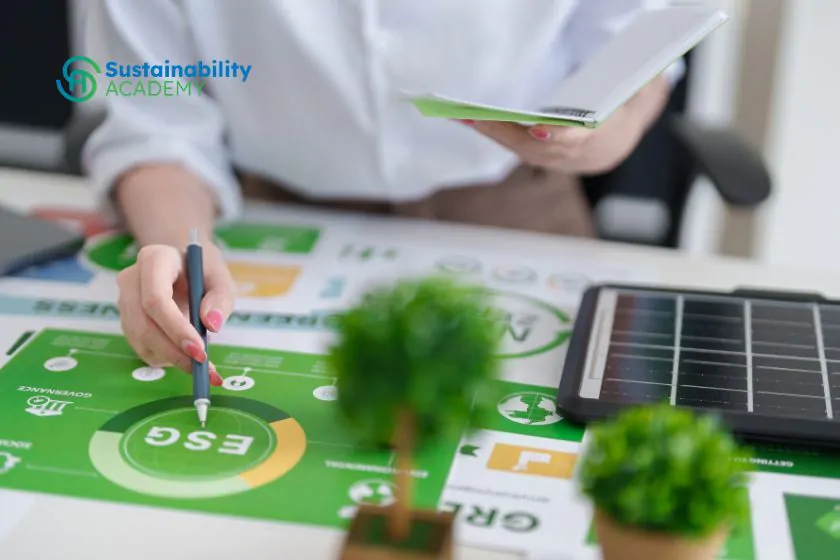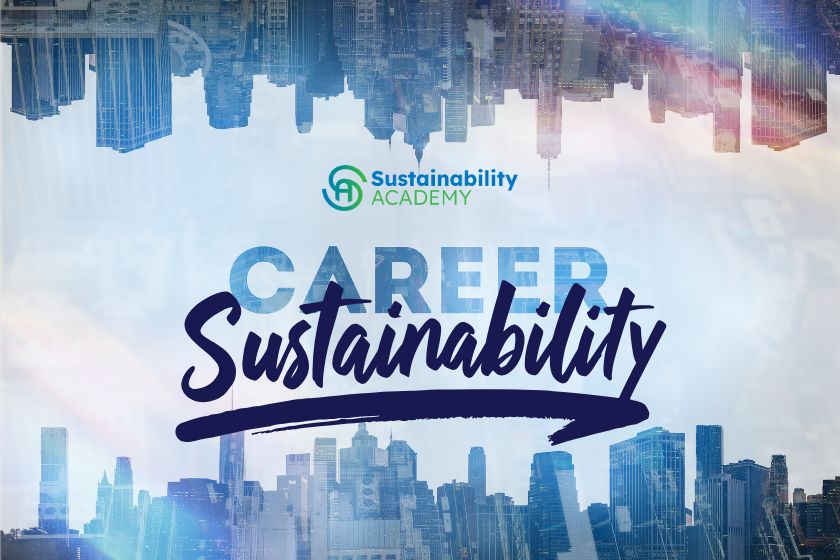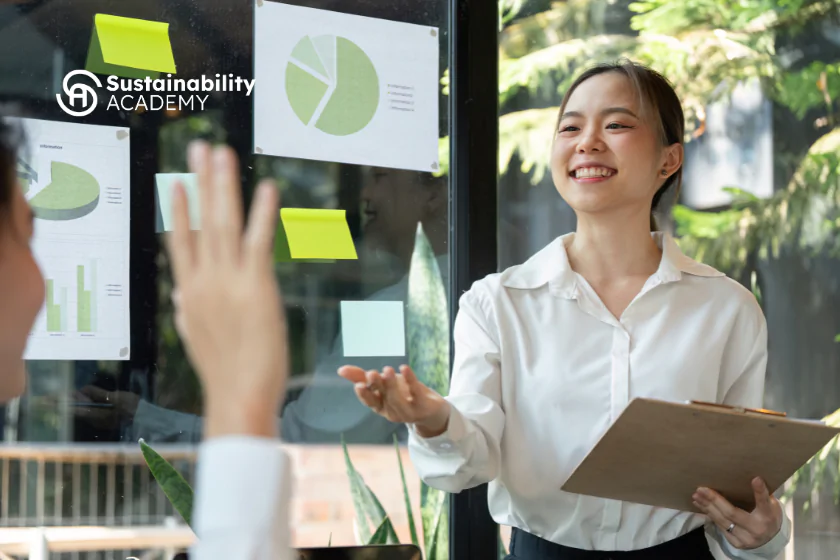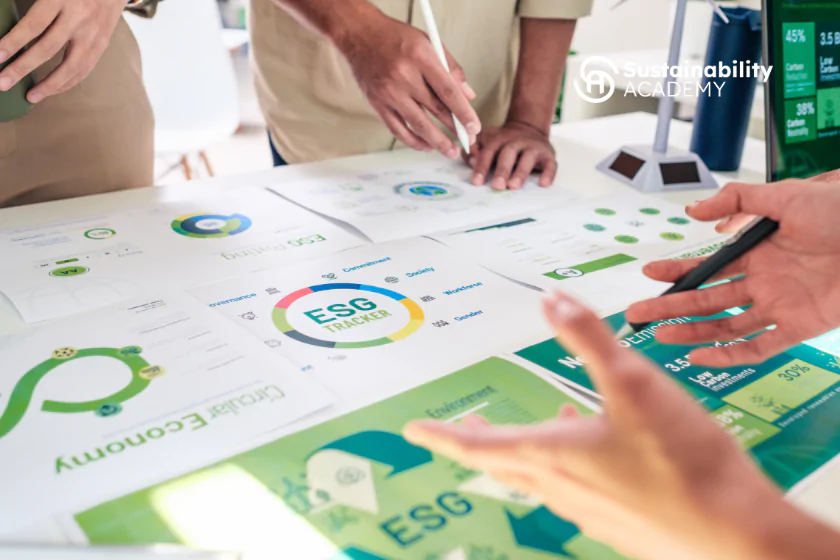Introduction to AI and Renewable Energy Courses
The sustainability profession is changing faster than ever. Two skills are now shaping the future: artificial intelligence (AI) and renewable energy expertise.
AI is transforming how organizations analyze data, track carbon emissions, and optimize supply chains. Renewable energy, meanwhile, remains the cornerstone of the net zero transition, with wind, solar, and bioenergy at the heart of global climate strategies.
Together, these skills create a unique edge. Professionals who master both can guide companies through digital transformation and energy transition. As PwC projects, AI could contribute $15.7 trillion to the global economy by 2030, while IRENA estimates 139 million renewable energy jobs by 2030. The overlap of these fields is where sustainability careers thrive.
Benefits of AI and Renewable Energy Skills
-
Future-proof your career – The World Economic Forum ranks AI and green skills among the fastest-growing capabilities for the next decade.
-
Increase employability – Employers seek professionals who understand both data-driven insights and clean energy strategies.
-
Gain practical expertise – Courses like AI for Business (AIBIZ) and the Renewable Energy Fundamentals Certificate include real-world case studies, not just theory.
-
Support ESG and net zero goals – AI sharpens reporting accuracy, while renewable energy course provides the knowledge to reduce emissions.
-
Boost credibility – Accredited certifications demonstrate recognized expertise that stands out on LinkedIn and in job applications.
“Renewables are progressing but not quickly enough due to barriers such as outdated infrastructure, policy hurdles and a skills gap. We need modern grids, supportive policies and a skilled workforce to accelerate the transition” – Francesco La Camera speaking about the barriers to renewable energy.
Practical Steps to Build Your Skills
-
Select your pathway – Interested in the digital side? Begin with AIBIZ. Focused on decarbonization? Start with Renewable Energy Fundamentals.
-
Commit 2–3 hours weekly – These self-paced online programs are designed for busy professionals.
-
Apply skills immediately – Use AI tools to streamline ESG reporting or assess renewable project feasibility in your workplace.
-
Earn and share certification – Highlight your new skills on LinkedIn or in proposals. Alumni often report stronger career mobility within months.
Common Mistakes to Avoid
-
Delaying upskilling – Job markets evolve quickly. Waiting can leave you behind peers.
-
Choosing generic content – Free tutorials often lack depth and recognition. Accredited courses carry more weight with employers.
-
Over-focusing on one area – Combining AI and renewable energy skills makes you uniquely competitive.
Real-World Applications and Case Studies
- Microsoft uses machine learning and workload-scheduling software to optimize its data centers, improving efficiency and helping it move closer to its carbon-negative goal by 2030.
- Iberdrola, one of the world’s largest renewable energy companies, employs its MeteoFlow forecasting system, which integrates AI and meteorological data to predict energy output from wind, solar, and hydro plants. This helps improve efficiency and optimize maintenance planning.
- Tesla integrates advanced software such as its Microgrid Controller with large-scale storage solutions like the Megapack. These systems enhance battery performance and support grid stability in renewable energy projects worldwide.
At the professional level, learners who completed AIBIZ have applied AI models to automate ESG data processing, cutting manual reporting work by up to 40%. Alumni of the Renewable Energy Fundamentals course have reported gaining the confidence to advise clients on solar and wind project feasibility, a skill in high demand across industries.
These examples show how combining digital intelligence with clean energy knowledge equips professionals to solve real business challenges.
FAQs
What are AI and renewable energy courses in simple terms?
They are two separate professional certifications designed to build different but complementary skills. The AI for Business (AIBIZ) course teaches how artificial intelligence can be applied to business and sustainability practices, such as improving ESG reporting and supply chain efficiency. The Renewable Energy Fundamentals Certificate focuses on the principles of clean energy technologies and their role in the net zero transition. Together, they prepare professionals to lead both the digital and energy sides of sustainability.
How long does it take to get certified?
Both courses are online and self-paced. Most learners finish in just a few weeks while balancing full-time work.
Are these two courses worth it for career growth?
Yes. AI and renewable energy skills are two of the fastest-growing requirements in sustainability job postings. Certified training adds credibility, opens new job opportunities, and demonstrates readiness to lead in a green economy.
Start Learning Today!
The future of sustainability belongs to professionals who combine technical knowledge with climate action.
Enroll now in:
Both are 100% online, flexible, and developed by experts at the Sustainability Academy. Whether you want to accelerate reporting with AI or master the fundamentals of renewable energy, these programs give you the tools to lead the transition.
Disclosure: These courses are offered by the Sustainability Academy, a trusted provider of accredited sustainability training courses for professionals worldwide.
Take the next step in your career, build skills that matter for both your future and the planet.










